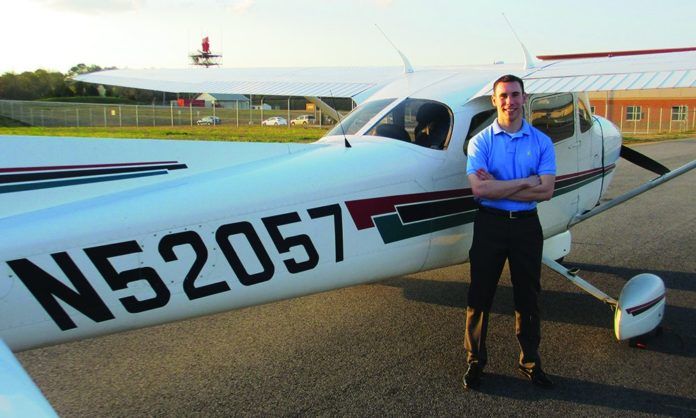If you’re on a path to becoming a career pilot, you’re also probably enrolled in a program offering instrument training. You’ll do it their way if you want to graduate. The rest of us face many more variables, and how we respond to them can impact every aspect of how and whether we earn the instrument rating.
Glass Or Steam?
One of the most basic questions involves the kinds of airplanes you plan to fly IFR, and their flight instrumentation. If you have a brand-new SR22 on order, you can save some money in a steam-gauge Skyhawk, but you’ll need additional training once your new flivver is delivered. Train for what you plan to fly.
Simulators
It’s one thing for an FBO or training organization to have some kind of flight simulator. It’s another thing if they actually know how to use it. They come in three flavors: full flight simulators, flight training devices and aviation training devices. Most of the time, you’ll use them to learn and develop your instrument scanning technique and basic procedures, like flying an instrument approach or terminal procedure.
Ground School
In addition to getting through the FAA’s written exam, classroom instruction can be critical to your success if you don’t have much experience with ATC or aircraft systems. Be sure your chosen training outfit uses your preferred charting options—Jepp or Aeronav—and integrates your preferred electronic flight bag platform into the planning and in-flight phases.
Real-World Experience
A common thing these days is to obtain the instrument rating without ever having flown in a cloud. Whether due to geography, climate change or training policy, we would demand some exposure to real-world weather. We also want the instructor to be a grizzled veteran of icing, thunderstorms and low ceilings.




